■ Summery
- Project Name: Feasibility study of Soil Remediation Project in ○○ Chemical Plant, Chongqing City, China
- Period: [Feasibility Study] 2015.06. ~ 2016. 04. / [Remediation business] scheduled for the second half of 2017
- Business method: PPP (Public Private Partnership) method
■ Field survey
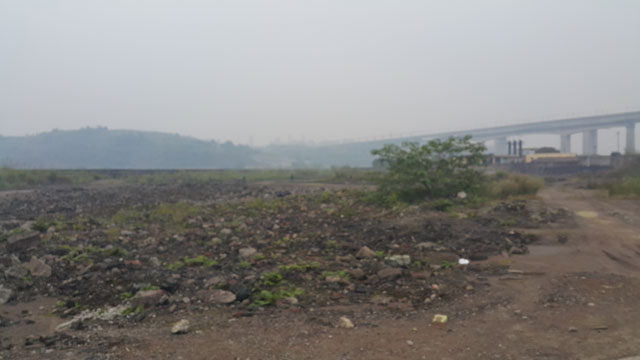
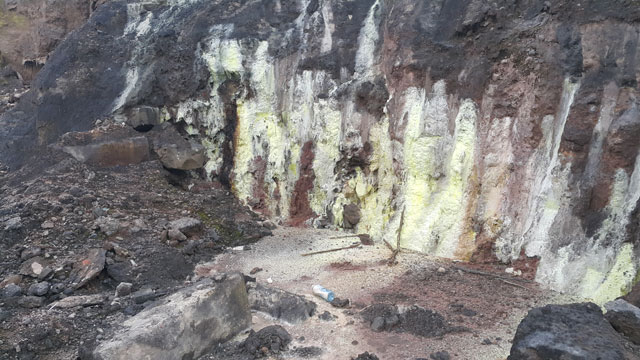
■ Pollution Status
- Contaminated area : 281,000㎡
- Amount of Contaminated soil : 2,495,000㎥
- Contamination Depth: Surface to G.L. (-) 20.0 m
- Contaminants: Hexavalent chromium(Cr6+)
- Treatment Goal : Hexavalent chromium < 34.8 mg/kg
- Treatment: Stabilization
■ Major pollution pathways
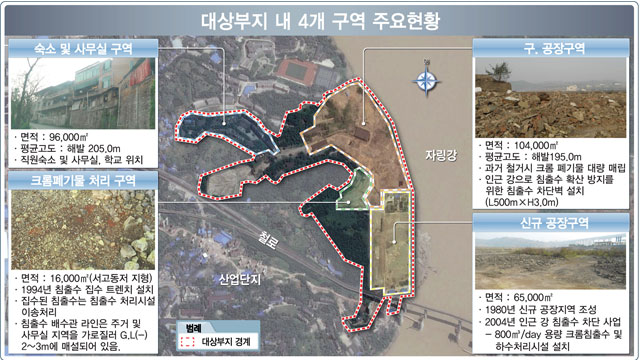
■ Collecting contaminated soil samples
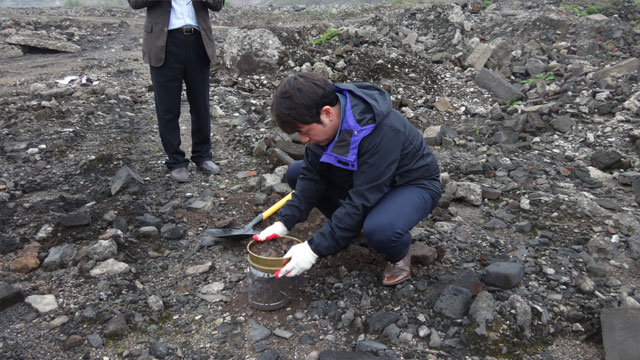
■ Soil particle size Analysis

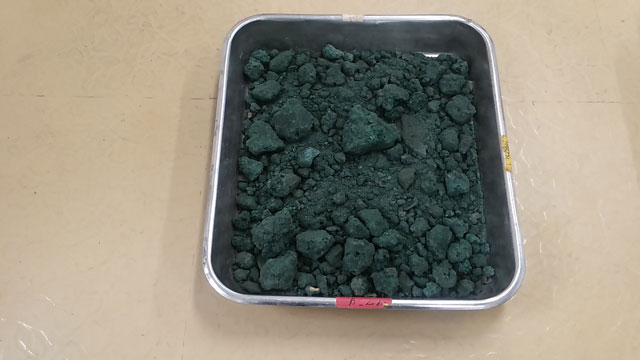
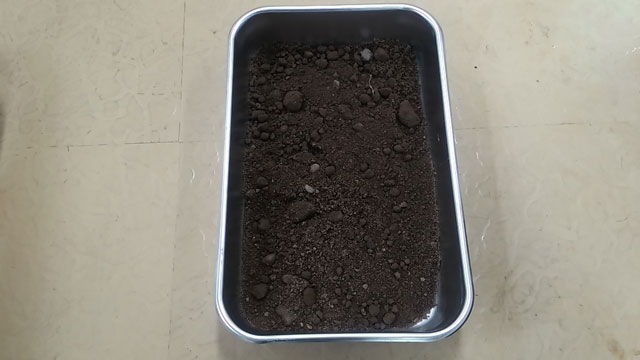
■ Pollutant leaching test (Aqua regia Extraction method)

■ Application Method Test – Electrokinetic
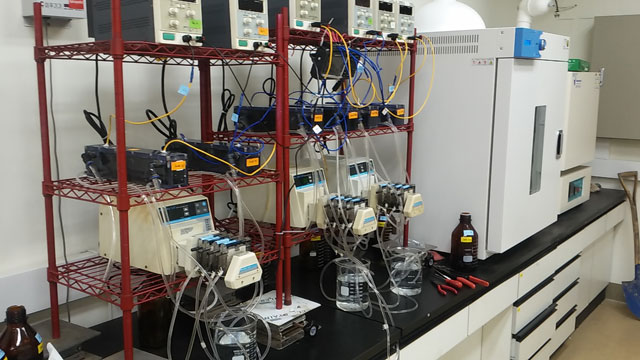
■ Application Method Test – Soil Washing

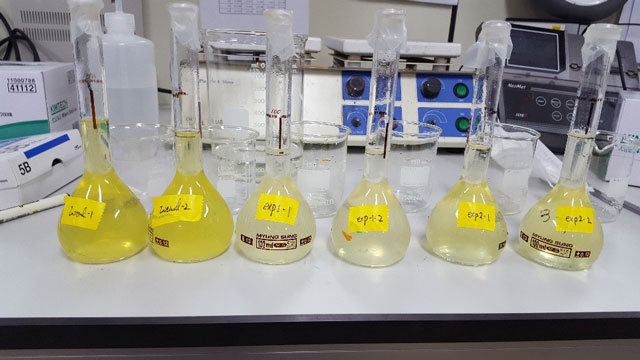
■ Application Method Test – Physical Soil Washing
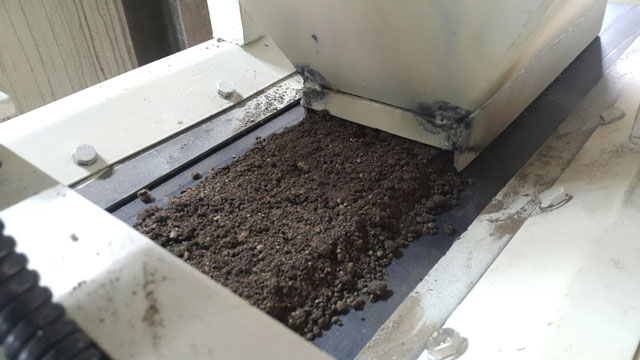
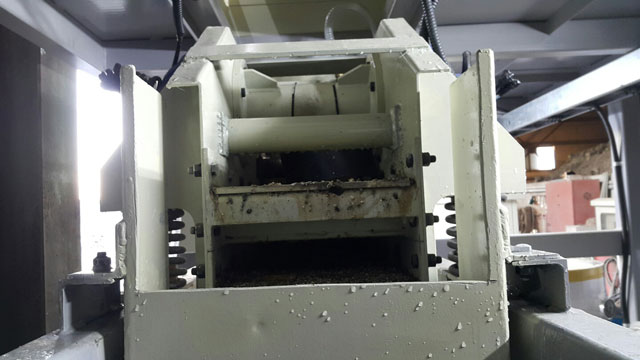
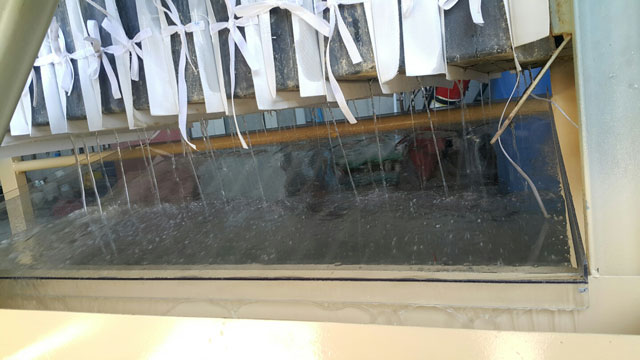
■ Application Method Test – Solidification / Stabilization
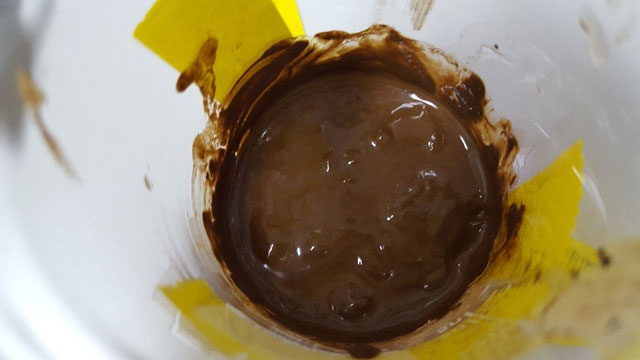
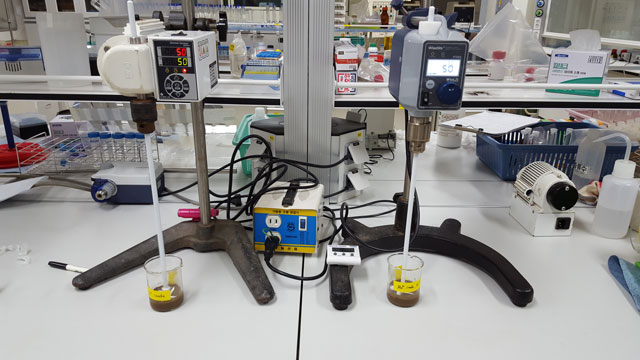
-
Stabilization tests are carried out in combination of 20 kinds of stabilizers each, or 2 to 3 types
- Confirmation of concentration reduction of hexavalent chromium (Cr6 +) in 5 experimental groups
→ Initial 2,200mg/kg ▶ 1~20mg/kg
■ Evaluating the stability of reducing agent over soil pH and reaction time (trivalent chromium ▶hexavalent chromium reoxidition)
-
Evaluation of stabilization of reducing agent
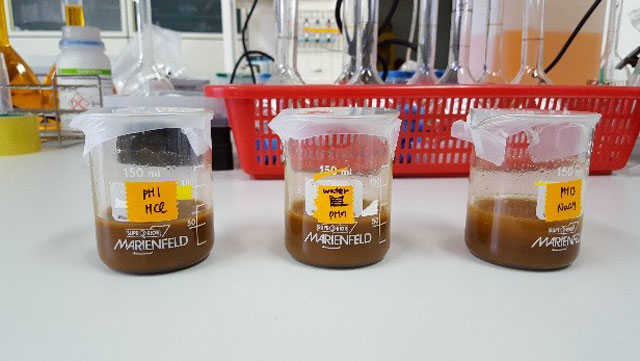
- In each of the 4 experimental groups, each pH solution is reoxidized with hexavalent chromium ▶ Not applicable on site
→ About 15 ~ 25 mg / L hexavalent chromium in each pH solution, 200 ~ 500mg / kg hexavalent chromium in the soil sample is re-detected
→ It was confirmed that it was re-oxidized by the passage of time and the change of soil pH and was not stable.
- In one experiment, stabilization is not the only reversion after stabilization.
→ Satisfaction with target concentration 0.5 to 2 mg / L in solution, 5 to 13 mg / kg in soil sample





Recent Comments